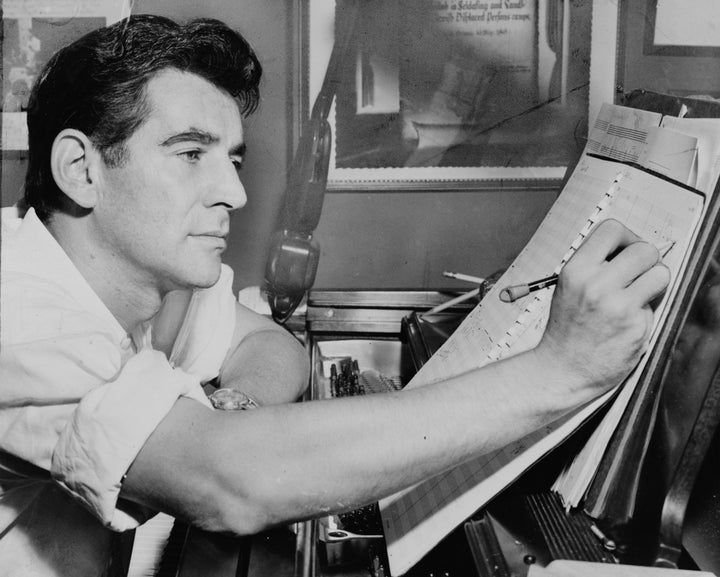
On a Sunday in November 1986, I was getting ready to visit Tommy, my dear friend and sometimes lover. He was in the final stages of AIDS-related lymphoma and about to leave New York City for good, and he wanted to see me one last time.
The phone rang. It was him.
“Hey, Peter,” he said. “Listen, I just found out that someone else is coming over today around the same time. I hope that’s OK.”
“Well, I could come later if you ...”
“No! I want you to be here, especially after he leaves. Peter ... it’s Lenny!”
Lenny was Leonard Bernstein, the legendary conductor and composer of “West Side Story.” Tommy was Thomas Cothran, his former lover, close friend and collaborator, who was entrusted to supervise and edit the composition and initial performances of “Mass,” Bernstein’s oratorio.
Since I became aware of “Maestro,” the Bernstein biopic directed by and starring Bradley Cooper, which is currently in theaters before it premieres Wednesday on Netflix, I’ve thought about Lenny and Tommy — and the day Bernstein and I both said goodbye to him — more than I have in almost 40 years. Now that I’ve seen the movie, I think of little else.
From its promotion and reviews (mostly raves), I knew “Maestro” primarily focused on the decadeslong relationship between Bernstein and Felicia Montealegre, his wife and the mother of his three children, and that Tommy would be portrayed by Gideon Glick. Since the story is primarily told chronologically, beginning in the 1940s, and Tommy didn’t meet Lenny until the ’70s, the movie is more than half over when he’s introduced to Lenny at a party in the Bernstein home.
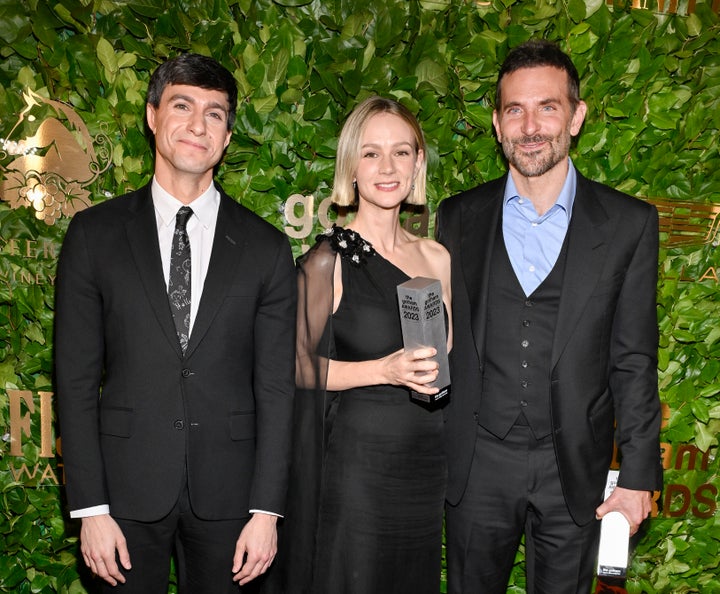
Within a minute or two after this first meeting, Felicia, portrayed by Carey Mulligan, is shown discovering the two men kissing in a hallway. I know this didn’t happen. According to Tommy (and verified by Humphrey Burton in his 1994 biography of Bernstein), they first met at a party in a mutual friend’s home in San Francisco, where Tommy was the musical director of a local classical radio station. Lenny was in California without Felicia, working on a revival of “Candide.” Tommy and Lenny became lovers during that visit and remained so for the next seven years. However, in the film, the role Tommy played in the Bernstein marriage is seen entirely from Felicia’s point of view, and much of what transpired is left out. Here’s what else is missing, as I remember Tommy telling me.
During the creation of ”Mass,” which premiered in 1971, and for five years afterward, Tommy was a most welcome, constant presence in the daily lives of the entire Bernstein family, and he got along well with everyone, including Felicia. He and Lenny worked on many projects together, keeping their sexual relations secret. Eventually, Felicia did discover them being “intimate.” Tommy never told me exactly what happened, but he did say that after Felicia learned about their relationship, she gave Lenny an ultimatum: He had to choose between her and Tommy. Lenny chose Tommy. In 1976, the Bernsteins separated.
Although the details were kept secret from the press and general public, Lenny and Tommy lived and traveled together openly, creating a scandal in the classical music and theater communities of the time. None of this is in the film. When Felicia was diagnosed with cancer in 1977, Lenny left Tommy, reconciled with his wife, and cared for her until her death. Lenny and Tommy did not become lovers again, but remained close friends and confidants. By 1986, Tommy was diagnosed with AIDS. Lenny was now losing Tommy, too. And so was I.
As I made my way down to Greenwich Village that cold November afternoon to say goodbye, I thought about the warm day in May a year and a half earlier when I first met Tommy.
I had recently been diagnosed with HIV, which at the time was a death sentence. Tommy was sitting on a bench on the pier off Christopher Street, gazing at the Hudson River. He was very thin, as was his sandy brown hair, and his Irish good looks were marred by the beginnings of facial wasting — even then a telltale sign of HIV. The sight of him saddened and frightened me.
Suddenly, with a big smile on his face, he started to wave. Did I know him? No, he was waving past me at a small boat going by with a bunch of nearly naked young men crowded aboard. I laughed. He looked at me and called me over.
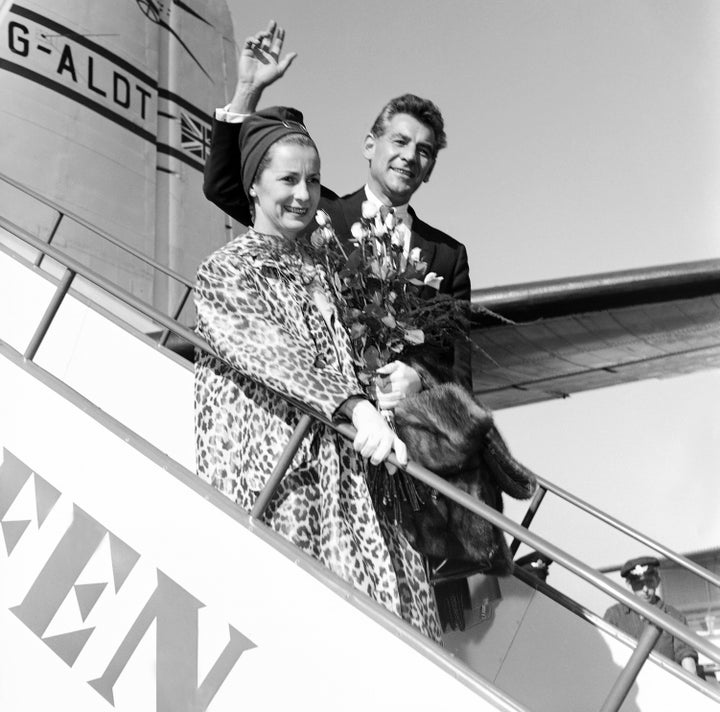
We talked while sharing the joint he was smoking. Despite his apparent illness, there was a vitality — a smart sparkle to everything he said and did — that captivated me. He seemed to like me too, and as the afternoon waned into evening, he invited me to his home, a studio walk-up apartment at 94 Christopher St., between David’s Pot Belly, a popular hamburger joint, and the even more popular Häagen-Dazs ice cream shop. His place was all bricks and books, and had a big brass bed. There was a kitchen with a bathtub and a small bathroom next to it.
We smoked another joint. We had sex, but aside from that, what I remember the most from that day and those first months together was the joy of finding someone who knew what I was going through — who was living it too — but refused to dwell on it or even talk about it. Instead, we discussed books and plays and music and tennis. (He was obsessed with Martina Navratilova.)
So positive was Tommy’s attitude that one day he proudly told me that he had joined the gym around the corner. Although it was primarily patronized by massive bodybuilders, Tommy wasn’t fazed. His gaunt face glowed as he told me how fascinating it was to work out with them. (“Everything about them is so round.”)
When I arrived at Tommy’s that Sunday, my amusing memories yielded to the task at hand. I found myself becoming jealous and annoyed with Bernstein. I did not want to share this last visit with anyone, least of all a living legend who had played a far more important role in Tommy’s life than I did!
Tommy was propped up in bed, a fur cap on his bare head and a fur blanket enveloping his emaciated body. Greeting me with a big grin, he reminded me of a Russian soldier in a marionette version of “The Nutcracker” I once saw as a child. He introduced me to his home care attendant, who made me a cup of tea and then spent most of the time I was there reading in the bathroom.
Tommy looked tired, but that old sparkle was there. He told me how generous Bernstein had been during his long illness, paying the rent for his apartment and his medical expenses. A few weeks before, Tommy had asked him for a final favor: He wanted to be taken to Tibet to die. I was stunned, but I understood why. Tommy had traveled the world with Lenny, and Tibet was the place that made the greatest impression on him. He wanted to go back there with the love of his life to transition in peace. Lenny had promised him that he would try his best to grant his wish, and today Tommy would find out if it was going to happen.
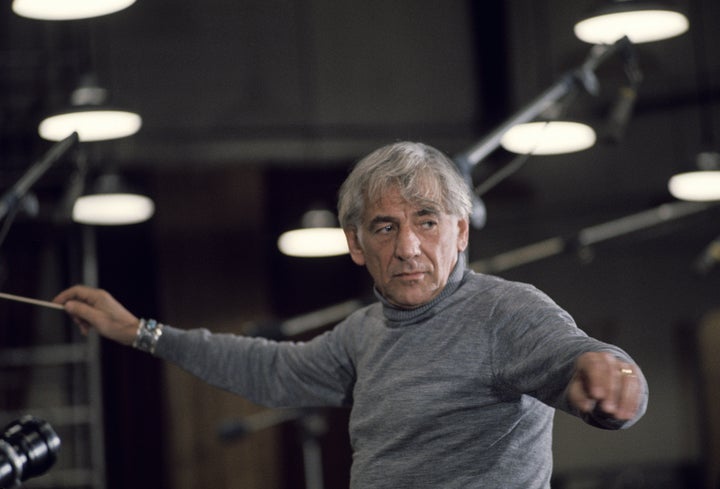
When Lenny arrived, he wasn’t alone. His musical assistant at the time was with him. At first, I thought this was insensitive — bringing a young man along who was doing the same job your dying lover once had. Then I realized that, like Tommy, perhaps Lenny, too, needed a close friend to give him support on this sad occasion.
Lenny, who was wearing his trademark black cape and carrying his walking stick, seemed much older than when I had briefly met him the first time, after a concert that Tommy and I attended the year before. He shook my hand and then went to the bed and gently kissed Tommy on the forehead. He sat on the opposite side of the bed from me so that Tommy was close to both of us. Lenny’s assistant remained discreetly in the background.
The three of us chatted a bit, but I don’t remember much of the conversation. All I recall is the way Tommy and Lenny looked at each other and touched each other with love and sadness, but also with humour and rueful acceptance. Watching them, I was ashamed of my resentment toward sharing this moment with Lenny. I realised that I was the intruder and was relieved when they asked me and Lenny’s assistant to go downstairs for a while. On our way out, I heard a deep sob. I’m not sure whose it was.
When we returned, Lenny was in the bathroom. I didn’t need Tommy to tell me what the answer was about Tibet. He shrugged and held up his hands in a “what can you do?” gesture. I took his hand. The toilet flushed. I released Tommy’s hand, but he put it back.
As Lenny entered the room, I could see that he had been crying. He wiped his face with a handkerchief. He saw me and looked surprised, as if he had forgotten I was there. Then he held out his hand and took mine.
“Goodbye. Thanks for looking after him.”
He put on his cape, picked up his stick, then went to the other side of the bed, took Tommy’s free hand, held it, kissed him again on the lips, whispered something to him, and, with his assistant by his side, departed.
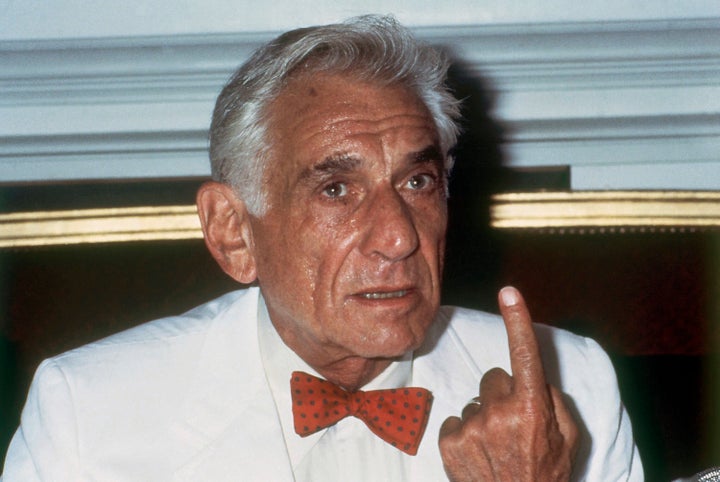
I stayed with Tommy for a while longer, but he was totally exhausted, both emotionally and physically. I kissed him, told him I loved him, said goodbye and left.
Tommy died four months later. To my knowledge, Lenny never saw him again. Neither did I.
I learned more about the real Leonard Bernstein in one afternoon in that grubby Christopher Street walk-up than from all the books I’ve read and all of the stories I’ve heard — even the ones Tommy told me — and certainly more than I learned from seeing “Maestro.” There was none of the flamboyance, artistic temperament and self-absorbed ego so associated with him. All I saw that afternoon was kindness, tenderness, heartbreaking sadness and the undeniable evidence of a deep, complex and lasting love.
Anyone could see that Tommy and Lenny’s relationship was not a casual one defined solely by sexual attraction and activity — or inherently inferior to the commitment and permanence of a straight relationship. Yet, that’s exactly how LGBTQ couples were commonly perceived before Stonewall, AIDS and marriage equality. They still are, as evidenced by today’s growing anti-LGBTQ movement, which reduces all gay relationships to strictly sexual ones. Unfortunately, I fear that “Maestro” may unintentionally contribute to that stereotype.
Although the film is beautifully crafted with outstanding performances and appears to be a front-runner in the upcoming awards season, I find it a bit baffling that the screenplay gives such short shrift to all of Bernstein’s relationships with the men in his life, including Tommy and others he was romantically linked to, like David Oppenheim and Aaron Copland. None of these men has a scene alone with Bernstein in the film. They seem almost interchangeable, and the superficiality of their depictions robs the movie of the complexity and contemporary relevance that a more evenly focused treatment could have provided.
I’m sure the love story of Lenny and Felicia was a true and beautiful one — and obviously well worth telling — but so was the one between Lenny and Tommy. To show and tell only one while reducing the other to brief hints and flashes is exactly what the closeted world of the ’40s, ’50s and ’60s was like for so many gay and bisexual men. In today’s world, these can and should be told together. Each one enriches the other. I think Lenny, Tommy and, yes, even Felicia would have wanted it that way.
Writer/lyricist/director Peter Napolitano’s work has been published/produced by The New York Times (“Modern Love”), Dell Publishing, The York Theatre, The Glines, Theater for the New City, and Urban Stages. He is currently a recipient of a Guaranteed Income for Artists grant from Creatives Rebuild New York.